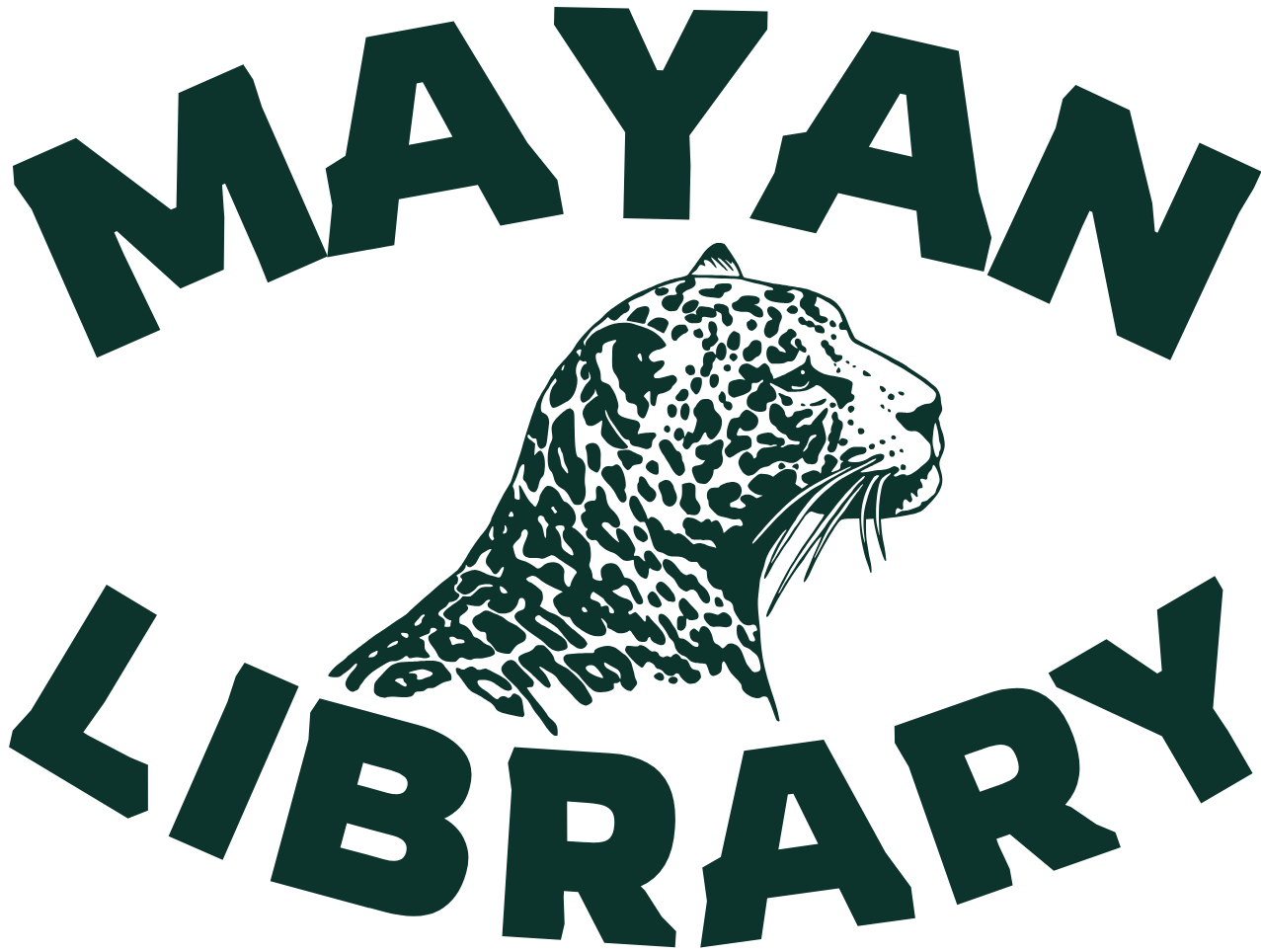Introduction
In the sacred Maya calendar, the Tzolkʼin, the Nahuales act as spiritual archetypes that shape human destiny, rituals, and cosmology. Among these, Kimi—the Nahual of death, endings, and ancestral connection—holds a unique place. Known as the guardian of the threshold between life and death, Kimi does not symbolize death as destruction but rather as transition, renewal, and continuity.
This article explores Kimi as a fundamental concept within the Maya worldview, examining its symbolism, ritual role, influence on human character, and its enduring relevance in both traditional and modern contexts.
Kimi in the Maya Calendar System
Kimi is the sixth day-sign in the Tzolkʼin, following Chikchan (serpent) and preceding Manikʼ (deer).
- Glyph Representation: The glyph of Kimi often depicts a stylized skull, symbolizing mortality and the ancestors.
- Numerical Cycles: As with all Nahuales, Kimi combines with the numbers 1–13 to form distinct calendar days, such as 8 Kimi or 12 Kimi, each carrying unique spiritual qualities.
Symbolic Meaning of Kimi
- Death as Transformation
- For the Maya, death was not an end but a transition into another state of being. Kimi embodies this transformative process, reminding humans of the cyclical nature of life, death, and rebirth.
- Endings and Closure
- Kimi represents completion and resolution, encouraging acceptance of endings in order to allow new beginnings. This can apply not only to physical death but also to cycles in relationships, projects, or personal growth.
- Ancestral Contact
- The Nahual Kimi is linked to the ancestral realm. It is a day for remembering, honoring, and seeking guidance from ancestors, who continue to influence the living from the spiritual world.
- Duality of Life and Death
- Kimi highlights the Maya understanding that life and death are two aspects of the same continuum. The presence of death is what gives life meaning and urgency.
Kimi and Human Personality
People born under the Nahual Kimi are often associated with:
- Wisdom and calm acceptance of life’s impermanence.
- Natural connections with the ancestral world, spirituality, and healing practices.
- The ability to bring closure and peace to difficult situations.
- Profound insight into the cycles of life, making them effective guides, counselors, or spiritual leaders.
Challenges for Kimi individuals may include:
- Struggles with melancholy or pessimism if not balanced by purpose.
- A tendency toward detachment or withdrawal from life’s vibrancy.
- The need to learn acceptance without fear or avoidance.
Rituals and Ceremonial Importance of Kimi
In Maya tradition, Kimi days were moments for rituals dedicated to:
- Honoring ancestors through offerings of food, flowers, incense, and candles.
- Seeking closure in personal matters, asking for release from burdens, grief, or cycles that no longer serve.
- Contacting the spiritual world for guidance, healing, and protection.
The skull motif in Maya art and architecture often references this Nahual, serving as a reminder of mortality and spiritual continuity.
Kimi in the Cycle of Life
Kimi illustrates the Maya philosophy that death is not finality but transformation. Just as seeds must die to germinate, endings are necessary for regeneration. In this way, Kimi embodies the fertile paradox of death as a source of life.
Contemporary Relevance of Kimi
Even today, Kimi remains highly relevant for both Maya communities and global spirituality:
- Ancestor Veneration: Practices such as the Mexican Día de los Muertos reflect a broader Mesoamerican tradition of honoring the dead.
- Psychological Renewal: Kimi offers a metaphor for personal growth, teaching how to let go of what has ended in order to embrace transformation.
- Ecological Wisdom: Kimi’s philosophy aligns with natural cycles, where decay nourishes renewal and nothing is wasted.
Conclusion
The Maya Nahual Kimi embodies the sacred truth of death as transformation, serving as a reminder of life’s impermanence, the value of closure, and the enduring presence of the ancestors. Far from a symbol of fear, Kimi teaches acceptance, reverence, and renewal. By honoring Kimi, individuals and communities learn to navigate endings with grace, opening pathways for regeneration and continuity in the eternal cycle of existence.
References (APA Style)
Aveni, A. F. (2001). Skywatchers: A Revised and Updated Version of Skywatchers of Ancient Mexico. University of Texas Press.
Christenson, A. J. (2007). Popol Vuh: Sacred Book of the Quiché Maya People. Mesoweb Publications.
Coe, M. D., & Houston, S. (2015). The Maya (9th ed.). Thames & Hudson.
Houston, S., Stuart, D., & Taube, K. (2006). The Memory of Bones: Body, Being, and Experience among the Classic Maya. University of Texas Press.
Tedlock, B. (1982). Time and the Highland Maya. University of New Mexico Press.

Leave a Reply